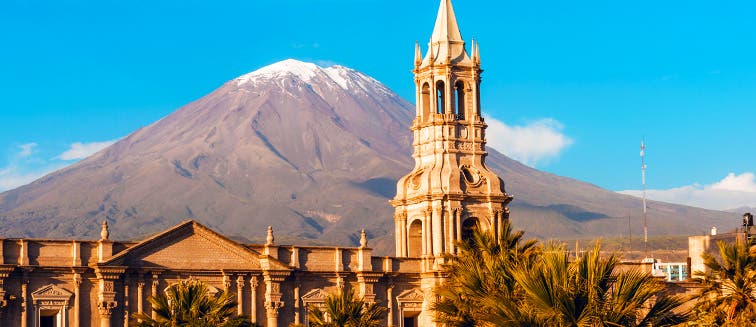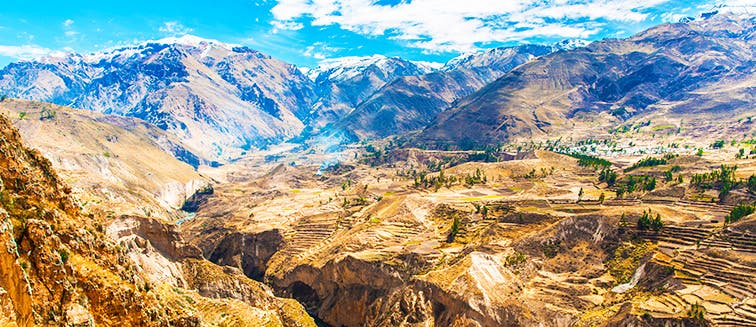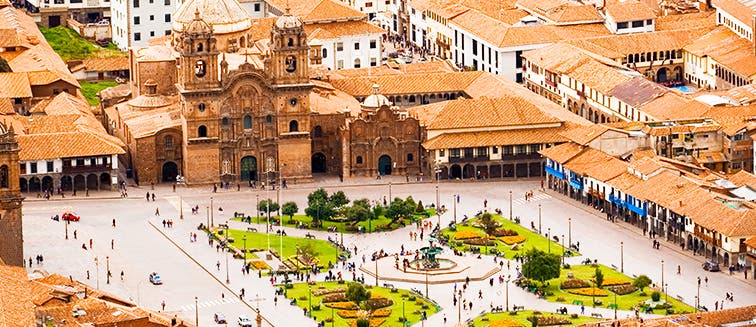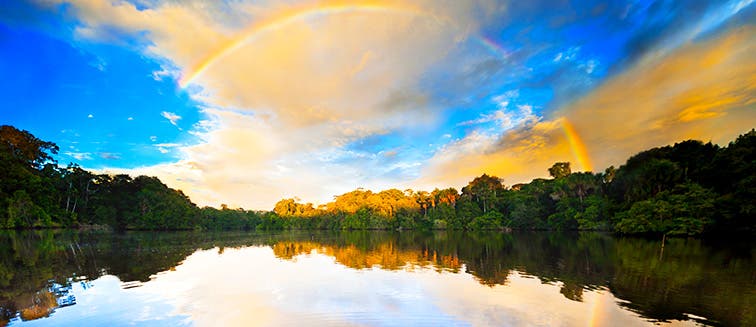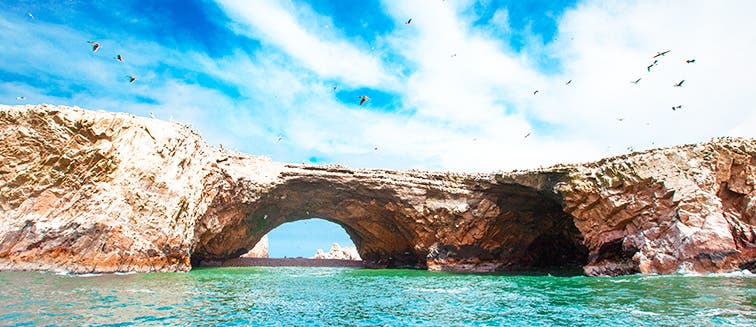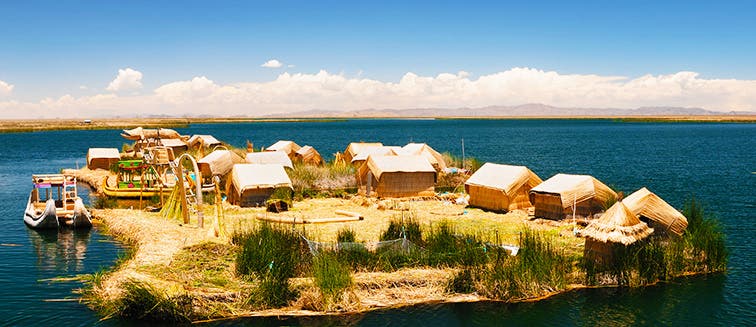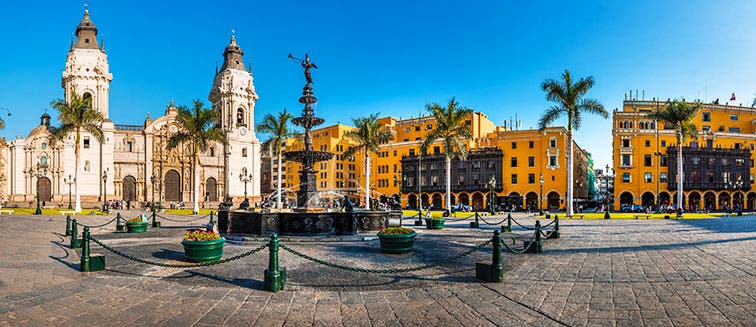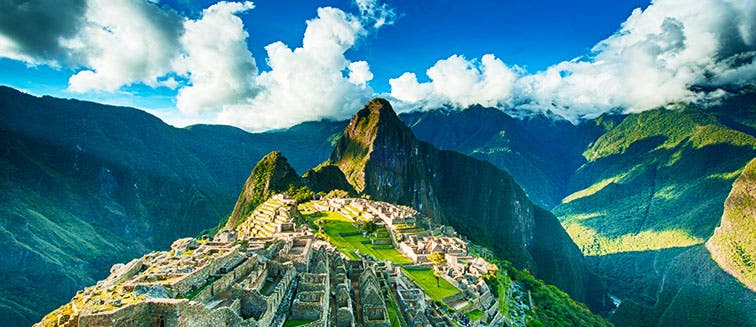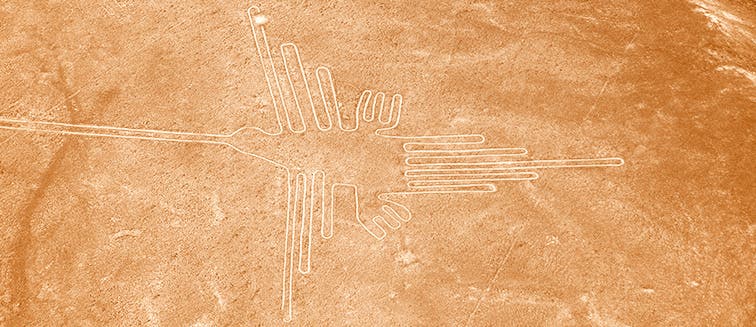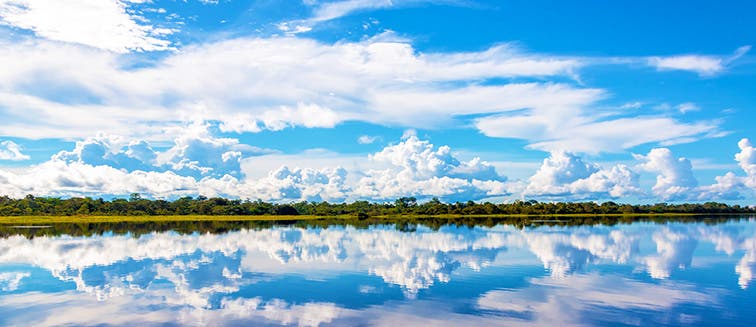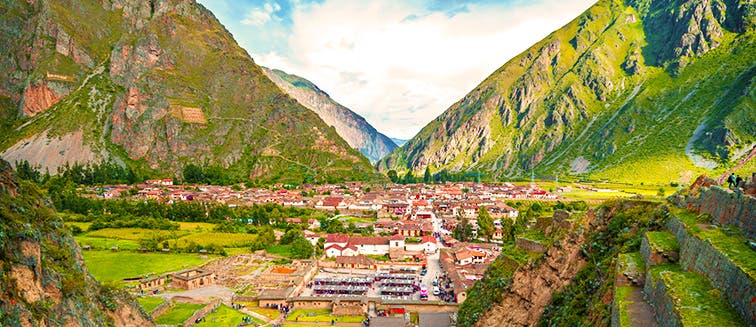By Season
By Interest
By Group
Call us toll-free now
Book with an expert for free:
1-888-488-0592
Prefer us to call you? Drop your number in the box:
24 hours a day, Monday - Friday
What to see in Peru
Machu Picchu
Tourist attractions Machu Picchu
An ancient Incan citadel and top of most travelers bucket-list, Machu Picchu is an awe-inspiring sight and a must-see for all intrepid travelers. Perched at 2,430 meters in the eastern mountains of Peru, Macchu Picchu has enchanted all who have made the journey to see its ancient ruins since its rediscovery in 1911.
Constructed in a classical Inca style the monument is a protected UNESCO World Heritage Site and a major attraction for all who choose to travel to Peru. As the world’s most recognizable icon of the Inca civilization, Machu Picchu dates back to around 1450 and is nestled between breathtaking mountain peaks, making for spectacular views and photo opportunities for those on a tour of Machu Picchu.
As well as its amazing backdrop, there are three main structures to explore within the site itself: Intihuatana, a ritual stone sculpture, the Temple of the Sun and the Room of Three Windows. There are also hundreds of man-made terraces, historically used for complex farming techniques, and a charming population of native llamas.
There are different options on how to travel to Machu Picchu, but the most accessible and popular route is to take the scenic train from Cuzco or the Sacred Valley to Aguas Calientes, the nearest town to the monument. From here, you can reach the entrance either on foot or by an array of transport services available in the town.
Alternatively, the most intrepid travelers might opt to trek the Inca Trail. The full Inca Trail can take four to five days of moderate trekking to complete, although shorter and one-day options are also available to enable everyone to feel the accomplishment of completing the hike to Machu Picchu.
Significance of Machu Picchu
Machu Picchu is one of the most popular destinations for travelers on a trip to Peru, although many visitors know little about the history and significance of this ancient monument. By uncovering some of the theories about why Machu Picchu was built, travelers might find their visit an even more eye-opening experience.
On the most part, Machu Picchu was unknown to anyone outside of the region until 1911, when American archaeologist, Hiram Bingham, discovered and consequently shared this secret of the Incas with the rest of the world. Led by the locals, the archaeologist unearthed the so-called ‘Lost City of the Incas’ and proceeded to excavate the site whilst forming theories about its curious history. Bingham later published a book outlining his theories on the history of the site, inspiring globe-trotters from around the world to travel to Machu Picchu.
Macchu Picchu is thought to have been constructed around 1450, at the height of the powerful Inca Empire. It is suspected that the site was completely abandoned just 80 years after its construction, sparking enthusiastic debate about the original purpose of this mysterious monument.
The most widely accepted theory suggests that Machu Picchu served as a royal estate for Inca kings during the hot summer months due to its cool, high-altitude climate. The structure of the monument reveals a three-class structure, with different buildings appropriate for housing both royalty, nobles, and servants. Complex irrigation systems and farming terraces also point to the monument once functioning as a self-sufficient hilltop retreat. On the other hand, some believe that the monument was built to serve a spiritual purpose as a center for important religious ceremonies.
The Incas worshipped the sun, due to its life-giving properties, and Macchu Picchu and its buildings are in direct alignment with the surrounding mountains that frame, perfectly, the sun rises and sunsets during equinoxes and solstices, which would have been important, spiritual events for Inca society.
A final theory to keep in mind if you visit Machu Picchu is that the sheer height at which the monument was built suggests it held immense value to the Inca civilization. It’s speculated that Machu Picchu was the final stop on a grueling pilgrimage route, beginning in Cuzco and culminating at the peak of the monument. If you trek the Inca Trail, you can surely sympathize with these ancient Inca pilgrims.
OUR BEST TRIPS TO MACHU PICCHU
YOU ALSO LIKE
Argentina
11 Trips
Bolivia
4 Trips
Brazil
8 Trips
Chile
9 Trips
Colombia
7 Trips
Ecuador
9 Trips
Peru
17 Trips
Panama
2 Trips
Costa Rica
4 Trips
Guatemala
2 Trips
Belize
1 Trips
Honduras
Notify me when available
Mexico
4 Trips
United States
1 Trips
Canada
Notify me when available
Dominican Republic
2 Trips
Bahamas
Notify me when available


































